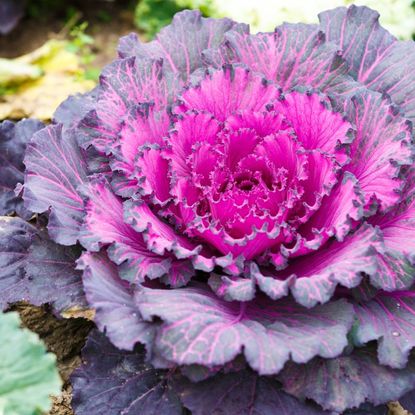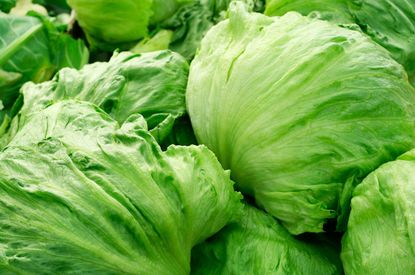Lettuce
Lettuce is a popular vegetable to grow in the home garden and how to grow lettuce successfully is important to know. While growing lettuce crops is quite easy, there are a number of things that can go wrong – like pest or disease issues. Whatever the problem, proper lettuce care and quick treatment can make all the difference. The following articles can help with that.
Lettuce
-
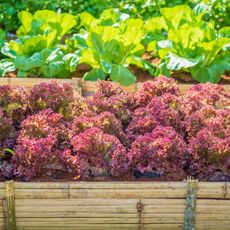
5 Red Leaf Lettuce Varieties To Spice Up Your Garden Greens
Red leaf lettuce is not only tasty, but it is a beautiful addition to your salad. Before you plant one, learn which red lettuce varieties are healthier, crunchier, and tastier.
By Amy Grant
-
Valmaine Lettuce Plants – How To Grow Valmaine Romaine Lettuce Plants
Are you looking to grow reliably crisp and sweet romaine that you can pick from all season for quick, fresh salads? Might I suggest, the romaine lettuce ‘Valmaine,' which can produce sweet, crisp salad greens during the summer? Click here to learn more.
By Darcy Larum
-
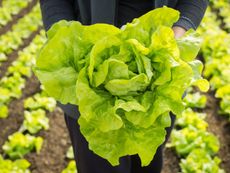
Picking Lettuce Heads: How To Harvest Lettuce
Harvesting heads of lettuce is a great way to save money and ensure the main ingredient in your salads is healthy and pesticide and disease free. Learning how to harvest lettuce is not complicated. This article will help.
By Becca Badgett
-
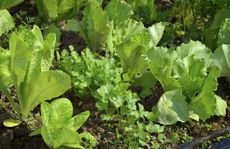
Companion Plants For Lettuce: What To Plant With Lettuce In The Garden
Lettuce, like a lot of plants, has some plants that it likes having as neighbors and some that it doesn't. By the same token, it is a good neighbor itself to some plants more than others. Click here to learn more about growing lettuce companion plants.
By Liz Baessler
-
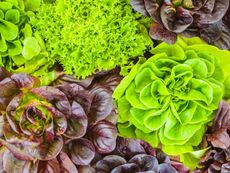
Different Lettuce Types: Varieties Of Lettuce For The Garden
There are five groups of lettuce categorized by head formation or leaf type. Each of these lettuce varieties offers a unique flavor and texture. Learn more about the different lettuce types in this article.
By Amy Grant
-
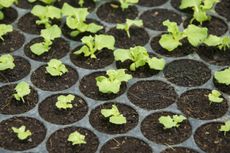
My Lettuce Seedlings Are Dying: What Causes Damping Off Of Lettuce
You?ve planted lettuce seeds in a seed starter mix. After germinating, your seedlings fall over and die one by one! Damping off can affect almost any type of seedling, including lettuce. Click here to learn what to do about damping off of lettuce.
By Ilana Goldowitz Jimenez
-
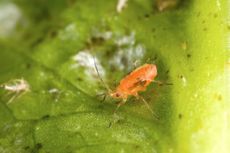
What Is Lettuce Mosaic Virus: Information On The Treatment Of Lettuce Mosaic
There are a number of viruses that can infect your lettuce crop, but one of the more common is lettuce mosaic virus or LMV. Lettuce mosaic virus can infect all lettuce types. Read this article for tips on its control.
By Amy Grant
-
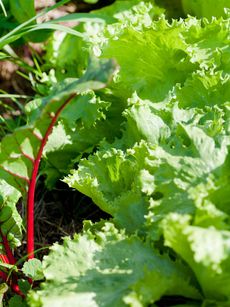
Ice Queen Lettuce Info: Learn About Planting Reine Des Glaces Lettuce Seeds
Lettuce Reine des Glaces gets its beautiful name from its cold hardiness; the translation from French is Queen of the Ice. Wonderfully crisp, Queen of the Ice lettuce is perfect for early spring sowing. Click here for tips on how to grow the Reine des Glaces lettuce plant.
By Teo Spengler
-
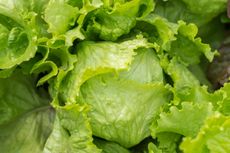
Crispino Growing Info – Caring For Crispino Lettuce Plants
A type of iceberg lettuce, Crispino lettuce plants are especially notable for their adaptability, thriving in conditions that are less than ideal, especially in warm, humid climates. Are you interested in learning how to grow Crispino lettuce? Click here.
By Mary H. Dyer
-
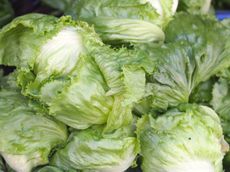
What Is Ballade Lettuce – How To Grow Ballade Lettuce In The Garden
Lettuce, in general, tends to thrive in cooler temperatures, but for those in southern climes, try growing Ballade lettuce plants. Learn how to grow Ballade lettuce and about Ballade lettuce care in this article. Click here for more info.
By Amy Grant
-
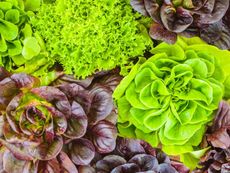
How To Revive Wilted Lettuce After Picking
Crunchy crisp leafy green lettuce is the heart of dreamy salads, but keeping garden lettuce fresh takes a bit of know-how. Read on.
By Laura Miller
-
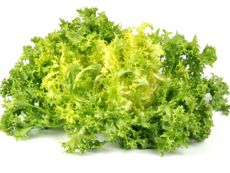
Frisée Plant Information: Tips For Growing Frisée Lettuce
If you're looking to liven up your salad garden, try a new green. Growing frisée lettuce is easy enough and it will add frilly texture to both your beds and your salad bowl. Frisée plant uses are typically culinary, but you can also grow them ornamentally. This article will help.
By Mary Ellen Ellis
-
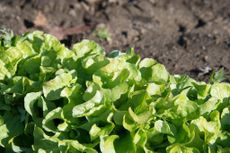
What Causes Tipburn In Lettuce: Treating Lettuce With Tipburn
Lettuce is susceptible to a number of pests, diseases and disorders. One such disorder, lettuce with tipburn, affects commercial growers more than the home gardener. What is lettuce tipburn? Click here to find out what causes tipburn of lettuce and how to manage it.
By Amy Grant
-
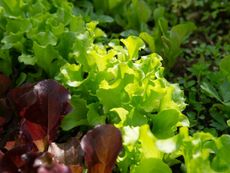
Nematodes On Lettuce – How To Treat Lettuce With Nematodes
Nematodes on lettuce can be very destructive, causing a range of symptoms depending on the variety of nematode pest. Generally, though, having this pest infesting your lettuce crop will cause damage, reduce yields, and possibly even wipe out your entire crop. Learn more here.
By Mary Ellen Ellis
-
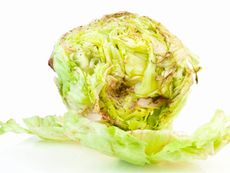
Rotting Lettuce Plants – Managing Lettuce With Soft Rot
Soft rot is a group of troublesome bacterial diseases that cause problems for gardeners around the world. Soft rot of lettuce is disheartening and extremely difficult to control. If your lettuce is rotting, there is no cure. Learn more in this article.
By Mary H. Dyer
-
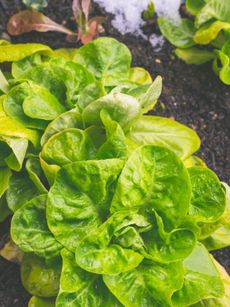
Lettuce And Frost: Does Lettuce Need To Be Protected From Frost
Lettuce is a veggie that does best when grown in cooler, moist conditions. But how cool is cool, and will frost damage lettuce plants? Read this article to learn more about lettuce frost protection.
By Amy Grant
-
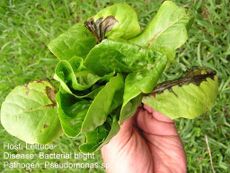
Common Diseases Affecting Lettuce Plants: Tips For Treating Lettuce Diseases
The few issues that crop with lettuce up are usually easily solved with simple organic solutions. Find out how to treat common lettuce diseases in this article so you can prevent them in the first place.
By Amy Grant
